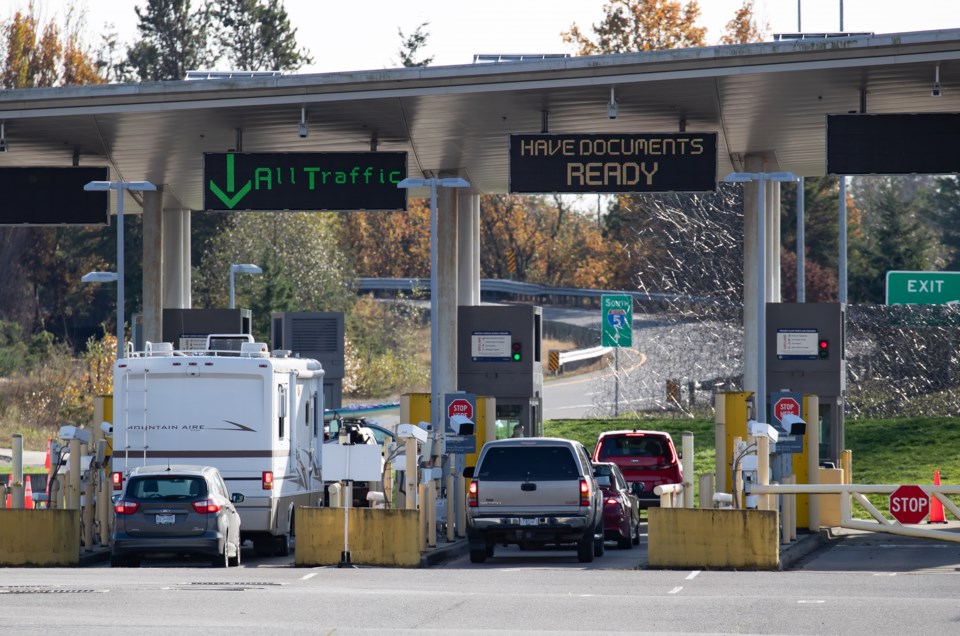This article originally appeared on The Trillium, a Village Media website devoted exclusively to covering provincial politics at Queen’s Park.
Immigrants nominated for permanent residency under a provincial program aren’t always going to the regions or sectors that need them the most, a new auditor general report found.
The observation was made by Auditor General Shelley Spence in the audit of the Ontario Immigrant Nominee Program (OINP) included in her 2024 annual report, which was released on Tuesday.
According to the report, about 37 per cent of nominees with job offers intended to settle outside of the Greater Toronto Area between 2019 and 2023.
Of those, only about three per cent of job-offer nominees landed in Northern Ontario.
“The ministry does not have an overall strategy towards a needs-based distribution of nominees across the province and particularly to regions outside of the GTA,” the auditor wrote, adding that one of OINP’s objectives is to “spread the benefits of immigration to all parts of the province and help address Ontario’s labour market needs.”
Spence noted that other provinces and the federal government have mechanisms to encourage immigration into less populated areas.
For instance, the federal government launched the Rural and Northern Immigration Pilot “to boost economic immigration to smaller communities and provide a pathway for skilled foreign workers to gain permanent residency,” she wrote.
Five of the 11 participating communities are in northern Ontario — North Bay, Sudbury, Timmins, Sault Ste. Marie and Thunder Bay — and, as of Dec. 31, 2023, almost 4,600 permanent residents across Canada had come through this pilot, Spence found.
Spence did outline a number of programs launched by the Doug Ford government meant to encourage nominees to settle outside of the GTA, like higher scoring for those with offers elsewhere and a two-year regional pilot to bring 300 nominees to Chatham-Kent, Cornwall and Quinte West/Belleville communities.
The pilot resulted in 147 OINP nominations. However, the auditor said, “No follow-up was conducted to see how successful the individuals were in these communities, or if they continue to reside in these communities.”
The government should also look at specific labour demands in those regions, which are different from those in the GTA, the auditor suggested. Nominations have not helped address the increasing job vacancies for registered nurses and registered psychiatric nurses in central Ontario, she noted.
The report said that within the five-year analysis period, there were 1,730 nursing vacancies in Central Ontario and 11 OINP nominations.
The auditor recommends collecting information on intended settlement locations for all nominee streams and monitoring progress toward regional targets. The government has accepted this recommendation and pledged to “work to integrate available and reliable regional labour market data into our targets where possible.”
What about non-job-offer nominees?
The auditor general also noted that “reliable data is not available to analyze where nominees in the non-job-offer streams intend to settle.” This stream generally applies to international graduate students who want to stay and work in the province.
In 2023, the number of nominations for master's degree or PhD graduates surpassed nominees with a job offer by 3,408 (58 per cent),” Spence wrote in her report.
The auditor’s report notes these applications are “less risky and complex and require less verification.”
Despite health-related occupations being a priority for the provincial government, the auditor noted that only about eight per cent of those international students who apply for permanent residency under OINP are in the field. The majority stem from engineering, computer, business or information sciences.
The auditor also found that in November 2023, the ministry asked the federal government for a significant increase in its immigrant allocation, “exceeding its assessment of operational capacity for the next three calendar years.”
“We noted that the ministry’s own analysis showed that it could support additional nominees, but not at the levels ultimately submitted to the federal government,” the report said.
“For 2026, the request was 236 per cent higher than the ministry identified as operationally feasible. The ministry was unable to provide analysis for how it would support such a large increase.”
‘Weaknesses’ in mechanisms to prevent misrepresentations in applications
Inspectors noted there are “weaknesses” in the ministry’s processes to catch misrepresentation before candidates are nominated for permanent residency.
Examples of misrepresentation include falsifying past work experience to satisfy eligibility, fake job offers and language test scores, or having representatives prepare applications without the knowledge of employers.
The report said that in 67 per cent of cases where inspectors recommended monetary penalty or program ban, the applicant had already been nominated through OINP.
Verification procedures were also not well documented or analyzed, with data analytics “limited by the lack of functionality of the ministry’s case management system,” the report said.
The province has already put forward new legislation that would crack down on those representing newcomers navigating the system to weed out bad actors. These representatives would be required to have a written contract with OINP applicants and provide proof of registration or licence to represent immigrants.
However, the legislation makes no mention of how the system will be adapted to prevent these misrepresentations from occurring and how the province will enforce any fines these representatives may face as a result.
